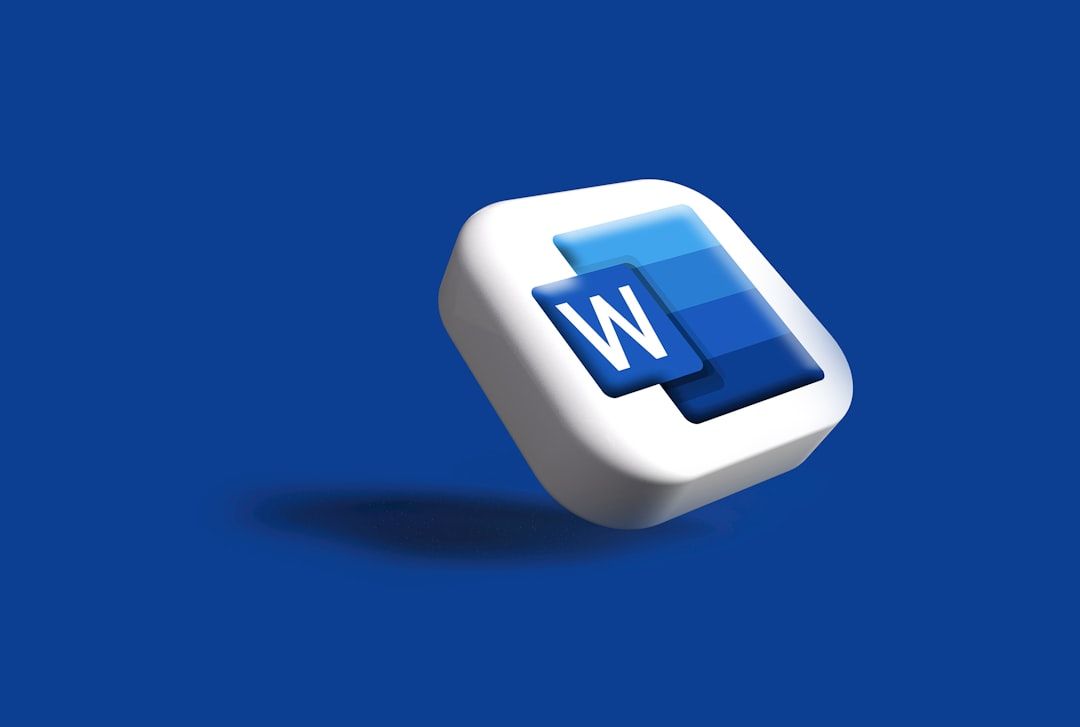Organizations across industries are increasingly investing in intranet solutions to improve internal communication, enhance document sharing, and boost employee productivity. Two popular choices on the market today are WordPress Intranet and Microsoft SharePoint. While both platforms serve the purpose of centralizing internal content and communications, they differ significantly in features, usability, cost, and customization options. Choosing the right intranet platform depends on understanding the specific needs of your organization and how each solution aligns with them.
What Is an Intranet?
An intranet is a private network accessible only to an organization’s staff. It helps companies:
- Distribute announcements and company news
- Foster collaboration through shared resources
- Manage projects and workflows
- Maintain a repository of internal documents and tools
Both WordPress and SharePoint offer these capabilities, but the road to implementation, scalability, and daily use varies.
Overview of WordPress as an Intranet
WordPress is best known as a content management system (CMS) used to build websites, but it can also be transformed into a functional and aesthetically appealing intranet. Thanks to its large library of plugins and customizable themes, WordPress offers businesses a way to design their own intranet using tools like:
- BuddyPress – for social networking features
- WPForms – for internal form building
- MemberPress – for role-based access control
WordPress intranets are typically chosen by small to medium-sized businesses or teams with specific design needs and limited budgets. They provide great autonomy and scalability, especially when hosted on internal servers or through secure cloud hosting providers.

Overview of SharePoint
SharePoint is Microsoft’s enterprise-level web-based collaboration system that integrates deeply with the Microsoft 365 suite. Built specifically for document management, intranet communication, and enterprise workforce collaboration, it’s often the default choice for companies already embedded in the Microsoft ecosystem.
Key features include:
- Document Libraries – for version-controlled file management
- Team Sites – for focused collaboration spaces
- Integration with Microsoft 365 – seamless use with Outlook, Teams, and Office apps
SharePoint is ideal for larger organizations with complex document workflows, strict data governance needs, or that require tight integration across productivity tools.
Comparing WordPress Intranet and SharePoint
1. User Interface and Usability
WordPress offers a more intuitive and visually customizable interface compared to SharePoint. The learning curve is shallow, and administration can be handled by staff with basic CMS experience.
SharePoint, while powerful, has a more complex interface. Customization often requires IT or SharePoint administrators, and usability might be hindered for non-technical users.
2. Customization and Flexibility
With its open-source foundation, WordPress is endlessly customizable. Thousands of themes and plugins are available to design fully tailored experiences for employees. Developers can also modify the core if needed.
In contrast, SharePoint limits customization compared to WordPress. While companies can personalize pages and workflows, many advanced features rely on the SharePoint Framework or proprietary development, which can increase costs and complexity.
3. Integration and Collaboration Tools
SharePoint shines when it comes to integration with Microsoft’s suite of applications. Teams, OneDrive, and Outlook connectivity provides a seamless experience for users already in the ecosystem.
WordPress requires third-party plugins for similar integrations. While it can connect to collaboration platforms like Slack or Google Drive, these require additional setup and potential compatibility checks.
4. Security and Compliance
Security depends partly on setup and hosting. WordPress can be very secure with the right plugins, updates, and hosting. However, it requires continual maintenance to avoid vulnerabilities.
SharePoint, especially when hosted on SharePoint Online (Microsoft 365), benefits from enterprise-grade security, compliance standards, data retention policies, and identity management features through Azure Active Directory.

5. Cost
WordPress is far more cost-effective for most small to mid-sized businesses. The core software is free and hosting costs are generally low. However, premium plugins or developer customization can add to overall investment.
SharePoint is generally more expensive with licensing fees and often requires dedicated IT resources. Microsoft 365 business plans that include SharePoint start at tiered subscription levels, and on-premises versions incur infrastructure and maintenance costs.
6. Scalability
For rapid deployment and adaptability, WordPress can be scaled with custom roles, content formats, and user groups. As businesses grow, it may need reevaluation of server architecture.
SharePoint, on the other hand, is built to scale across large organizations from day one. With its enterprise infrastructure, it can handle thousands of users, cross-departmental access, and complex processes efficiently.
Which One Should You Choose?
The answer to this question boils down to your organization’s size, needs, and existing systems.
- Choose WordPress Intranet if:
- You are a small to medium-sized business
- You want a more affordable, flexible solution
- You prefer a simple, user-friendly experience
- You need quick deployment and creative freedom
- Choose SharePoint if:
- You are a medium to large enterprise
- You’re already using Microsoft 365 tools extensively
- You require strict document control and compliance
- You need powerful collaborative and workflow automation capabilities
Choosing between WordPress and SharePoint is less about which platform is better overall and more about which one aligns with the organization’s long-term IT strategy and operational needs.
Frequently Asked Questions (FAQ)
-
Can WordPress really work as an intranet?
Yes. With the right combination of plugins and secure hosting, WordPress can function as an intranet with social features, document repositories, and user role management. -
Is SharePoint difficult to learn?
SharePoint has a steeper learning curve and is best managed by IT professionals or trained individuals. It offers extensive features but may overwhelm casual users. -
Which platform is more cost-effective?
WordPress is more cost-effective for smaller companies due to its free core software and low hosting fees. SharePoint may be costly, especially for custom enterprise solutions. -
Can WordPress integrate with Microsoft tools?
Yes, but integration is not as seamless as SharePoint. You’ll need additional plugins or APIs to connect with Microsoft Teams, Outlook, or OneDrive. -
Is SharePoint only available through Microsoft 365?
SharePoint is available both as part of Microsoft 365 (SharePoint Online) and as an on-premise installation (SharePoint Server).
In the end, whether you choose WordPress Intranet or SharePoint, assess your need for collaboration features, your IT capacity, and how much flexibility you want in your platform. Both can serve as powerful solutions; it’s all about strategic alignment.

